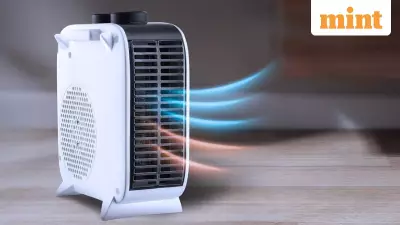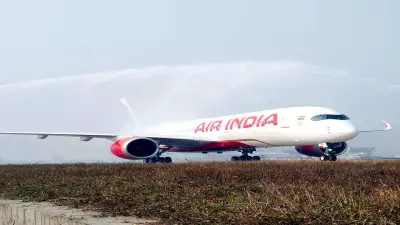
Delhi residents continue to breathe hazardous air as the capital's air quality remains firmly in the 'very poor' category, with the overall Air Quality Index (AQI) recording 381 on Monday. The persistent pollution levels have prompted authorities to maintain Stage 2 restrictions under the Graded Response Action Plan (GRAP), reflecting the serious environmental challenge facing the city.
Current Air Quality Situation Across Delhi
The pollution monitoring data reveals a concerning picture across various locations in the National Capital Region. Anand Vihar recorded the highest pollution levels with an AQI of 428, placing it in the 'severe' category. Other significantly affected areas included Bawana at 413 and Wazirpur at 407, both also experiencing severe air quality conditions.
Several monitoring stations reported AQI readings in the high 300s, firmly within the 'very poor' classification. The data indicates that multiple regions across Delhi are experiencing dangerously high pollution levels, posing significant health risks to the city's residents, particularly those with pre-existing respiratory conditions.
Government Response and Restrictions
In response to the deteriorating air quality, the Commission for Air Quality Management (CAQM) has decided to continue with Stage 2 measures of GRAP. These restrictions include banning the use of coal and firewood in hotels, restaurants, and open eateries. Additionally, authorities have intensified enforcement actions against polluting vehicles and dust control measures at construction sites.
The decision to maintain Stage 2 restrictions comes after careful monitoring of air quality parameters and meteorological conditions. Stage 2 of GRAP is implemented when the AQI is projected to reach the 'very poor' category, reflecting the persistent nature of Delhi's air pollution crisis despite various intervention measures.
Health Implications and Public Advisory
Medical experts have expressed serious concerns about the health impact of prolonged exposure to such poor air quality. The 'very poor' AQI category between 301 and 400 can lead to respiratory illness following prolonged exposure. Health authorities recommend that children, elderly citizens, and individuals with heart or lung diseases avoid prolonged or heavy exertion when air quality reaches these levels.
Doctors advise residents to wear N95 or P100 masks when outdoors and limit outdoor activities, especially during early morning and late evening hours when pollution concentrations tend to be highest. The continued poor air quality underscores the urgent need for comprehensive, long-term solutions to address Delhi's persistent pollution challenges.





